
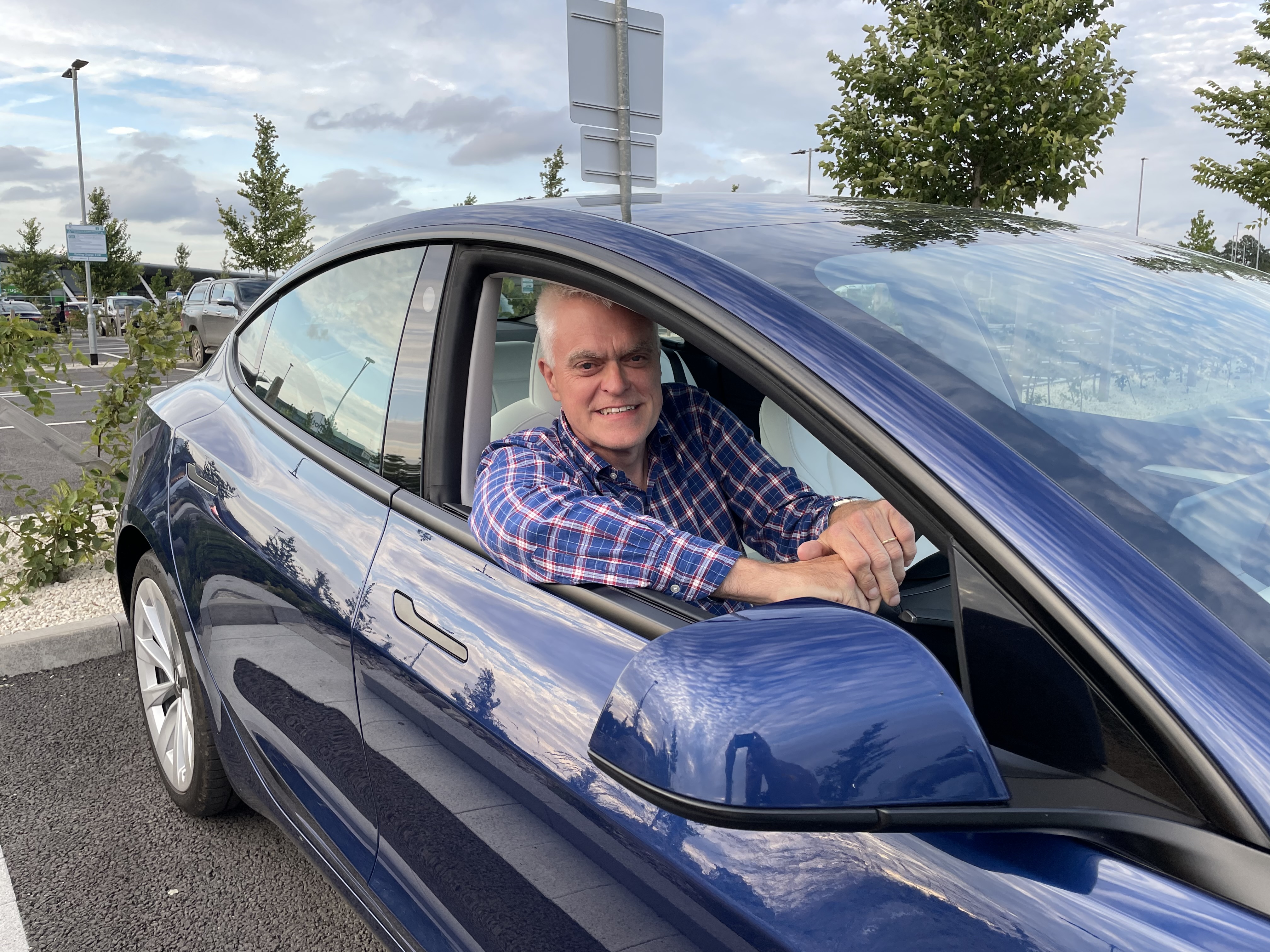
When 5G was launched in Britain five years ago, it was hailed as a revolutionary technology that would transform our lives. Although, on the face of it, the technology didn’t differ in principle from its predecessors – using radio waves to transmit data – the figures representing the bandwidth, latency and upload and download speeds were spectacularly improved. To take just one example, 4G supports 2,000 connections per square kilometre but 5G a million.
All manner of exciting applications were enthusiastically predicted. I particularly liked the automotive ones. Cars would routinely communicate with each other. You’d be able to see through the car or truck ahead, seamlessly connecting to its on-board camera to enjoy a safety-enhancing view of hazards in your path, projected onto your windscreen.
In other areas I witnessed demos of how 5G-connected ambulances would be able to transmit critical data on patients to hospitals in real-time, resulting in life-saving and more precise treatment. Sporting events would be enhanced by connected augmented reality headsets for spectators. Farmers could connect every cow to monitor its location, read data from sensors monitoring its health and fertility and, through automated milking processes, supposedly allow cows to choose when to be milked, contributing to their well-being.
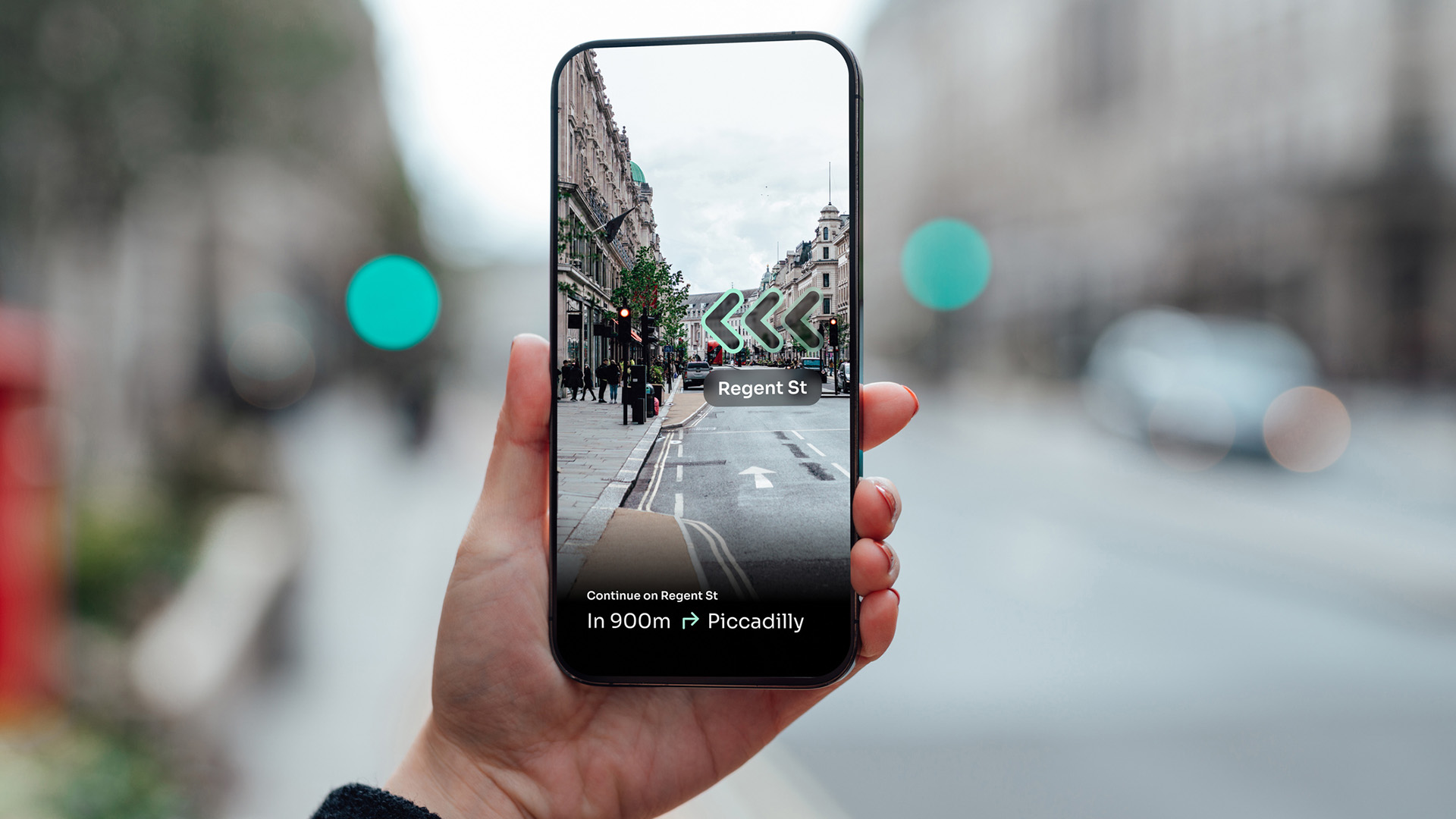
In spite of the feverish hype, the exciting 5G future hasn’t happened yet. Why not? The big problem is that the higher frequencies used by 5G have less range and require more masts to achieve the same coverage. Over most of the country, sufficient masts simply haven’t been erected.
I don’t think this is primarily the result of public objections. Though people are understandably upset when a 100-foot mast obscures their kitchen view, many of the masts are smaller and planning permission isn’t required if they’re no more than 6 metres higher than the building they’re mounted on, outside conservation areas.
It’s tempting to blame a shortage of skills and equipment, in particular kit from Huawei, which is banned in the UK. But I don’t think this argument holds up. 5G is only a little more advanced in countries like Germany that haven’t banned Huawei devices from their infrastructure and have a more highly trained workforce.
I’m afraid the problem is purely economic. There’s not enough proven applications to take advantage of the capacity and, until the capacity is there, there’s no incentive to develop them.
Sign up to the T3 newsletter for smarter living straight to your inbox
Get all the latest news, reviews, deals and buying guides on gorgeous tech, home and active products from the T3 experts
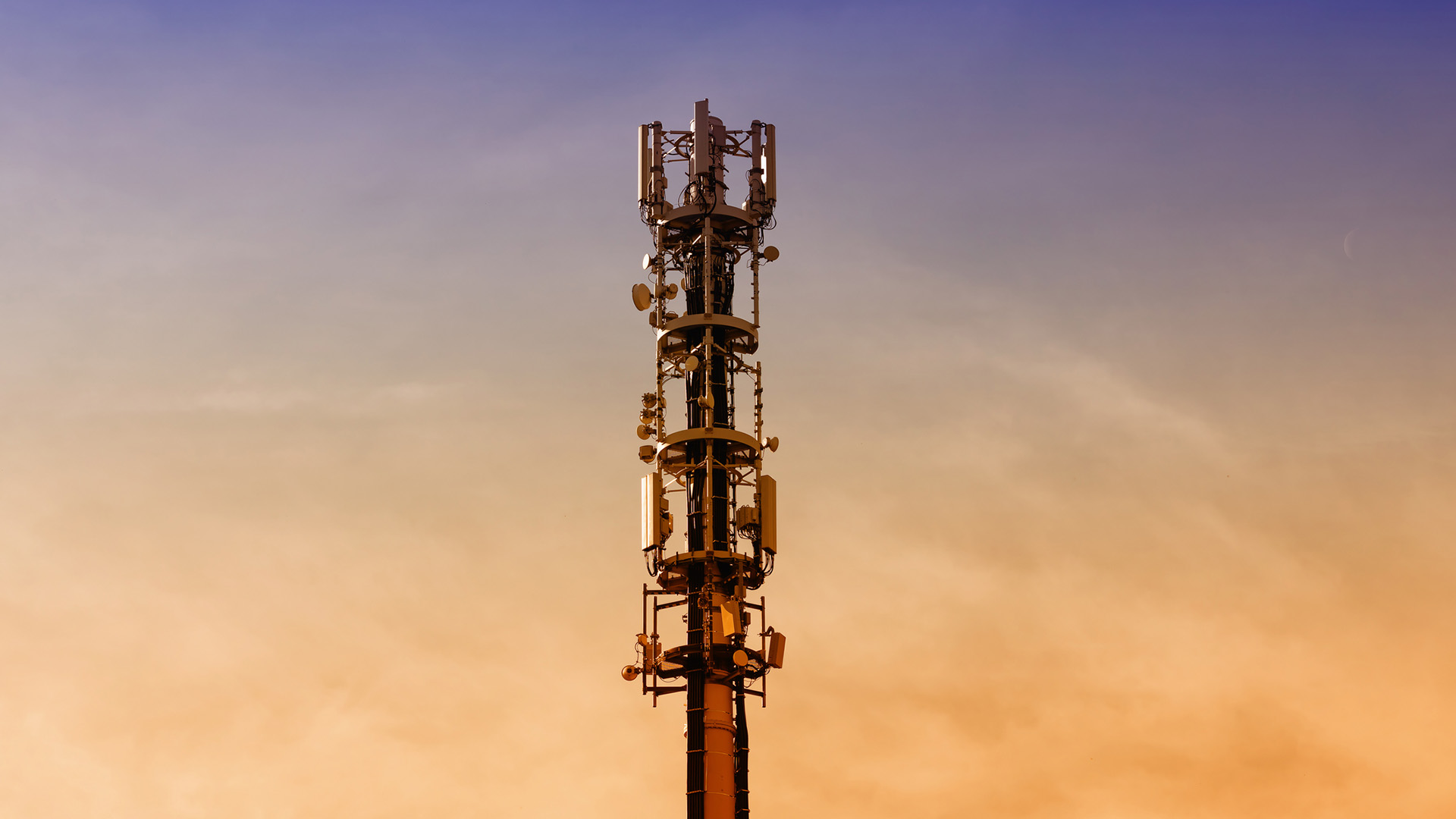
I have been trying out a connected car dashcam recently. The idea is that it acts as a sort of Ring camera for your car, alerting you to suspicious activity, location tracking and theft alerts. To work quickly, reliably and effectively, it would need a strong 5G signal. But it only works on 4G and you’re usually struggling for sufficient data and low latency. With blanket 5G coverage, the system would work well, but without it, it’s frustrating.
If ever a technology needed that killer app, whether in software or hardware form, it’s 5G. It’s crying out for an iTunes, a YouTube or a Boeing 747. It may be taking much longer than originally anticipated but the 5G revolution is one I’d still very much like to see happen.
Jon is the main gadget reviewer and presenter for The Gadget Show on Channel Five. He was previously the Producer and Executive Producer of BBC's Top Gear between 1987 and 1999 and had a corner named after him on the Top Gear test track. He launched Fifth Gear for Channel Five and produced the show until 2004. When not presenting Jon enjoys writing. In 2019 Atlantic Books published his first book, Autopia: The Future of Cars, and he contributes regularly to Amateur Photographer magazine.
-
 I’ve glimpsed the future and it might just work
I’ve glimpsed the future and it might just workAfter pondering what the next big thing in tech could be, Jon Bentley had a conversation that gave him a bright idea
By Jon Bentley
-
 When it comes to a new PC, I’m in no rush to upgrade
When it comes to a new PC, I’m in no rush to upgradeRemembering what’s happened in the past, Jon Bentley is happy to play the waiting game for a computer upgrade
By Jon Bentley
-
 That’s the way the internet cookies will crumble
That’s the way the internet cookies will crumbleGiven third-party cookies are facing the crunch, Jon Bentley offers a taste of what online brands are cooking up instead
By Jon Bentley
-
 What can I do to secure my pocket info?
What can I do to secure my pocket info?Are we carrying too much of our financial lives around with us? If so, asks Jon Bentley, what can we do to make ourselves less vulnerable?
By Jon Bentley
-
 No more broadband haggles please
No more broadband haggles pleaseJon Bentley is increasingly frustrated at having to beg internet providers not to keep upping his bills
By Jon Bentley
-
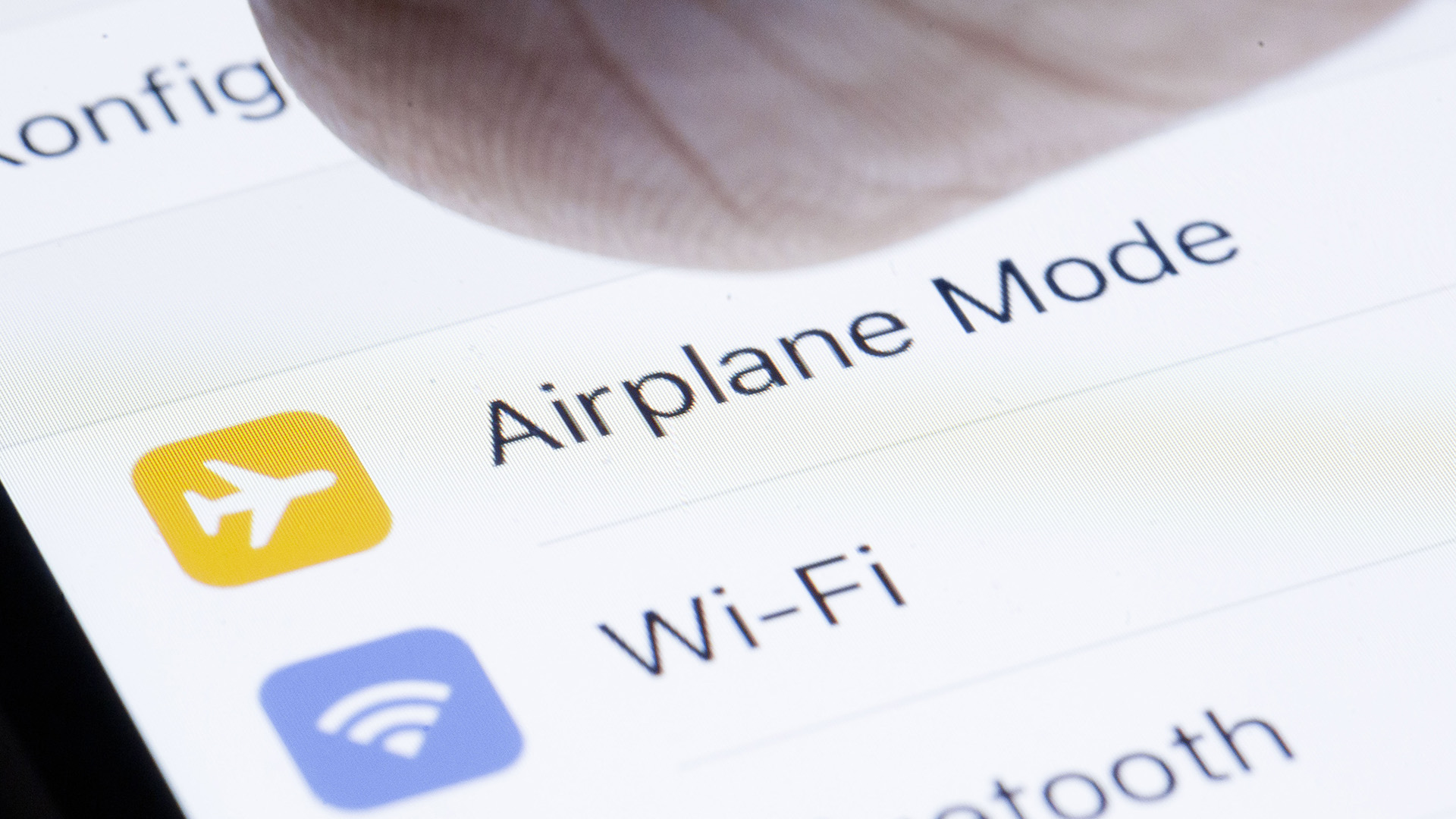 5G in-flight: EU scraps the need for Airplane Mode from 2023
5G in-flight: EU scraps the need for Airplane Mode from 2023If you're flying in Europe next year, you won't need to switch to Airplane Mode for takeoff
By Mat Gallagher
-
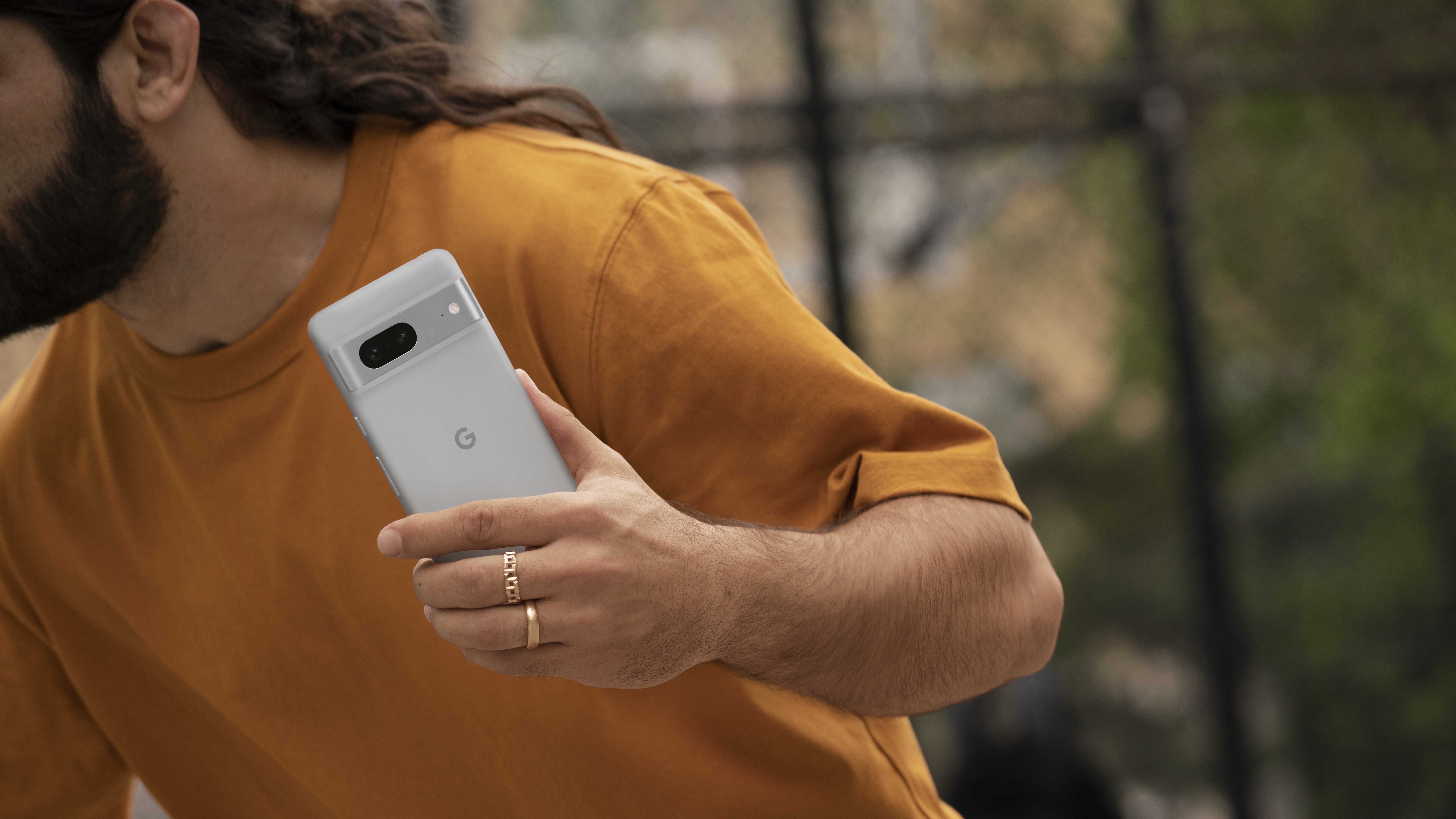 Google Pixel 7 review: yet another smartphone success story
Google Pixel 7 review: yet another smartphone success storyThe Google Pixel 7 has just about everything you could want from a smartphone in 2022 - and it's reasonably priced too
By Yasmine Crossland
-
 3 reasons mobile gamers will love the OnePlus 10T
3 reasons mobile gamers will love the OnePlus 10TThe OnePlus 10T is a performance-focused flagship smartphone that will be particularly well suited to gamers
By Yasmine Crossland

